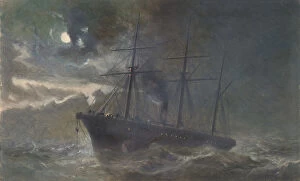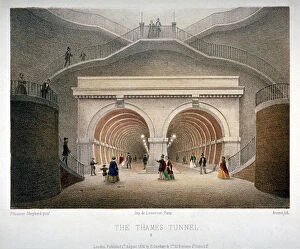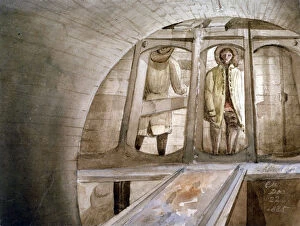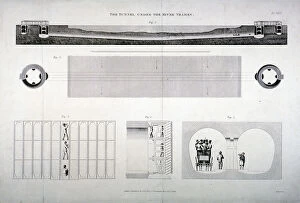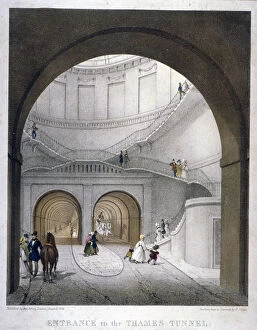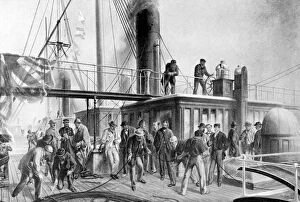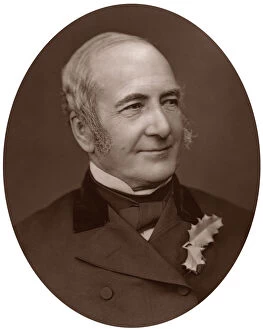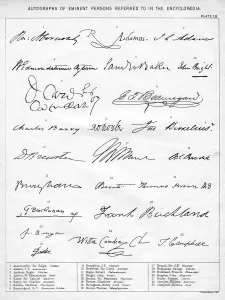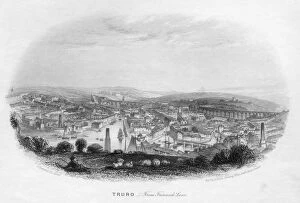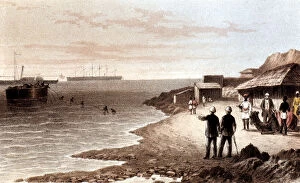Isambard Kingdom Collection (page 2)
Isambard Kingdom Brunel, a visionary engineer of the 19th century, left an indelible mark on the world with his groundbreaking creations
All Professionally Made to Order for Quick Shipping
Isambard Kingdom Brunel, a visionary engineer of the 19th century, left an indelible mark on the world with his groundbreaking creations. Standing before the launching chains of the Great Eastern, he exuded confidence and determination that would propel him to greatness. In London, he envisioned a western archway for the Thames Tunnel, showcasing his ability to think outside the box. The Great Eastern took shape at Millwall on the Thames in 1857 under Brunel's watchful eye. This colossal steamship was a testament to his engineering prowess and innovation. With its launch imminent, anticipation filled the air as people marveled at this feat of human ingenuity. Captured in a photograph from the 1850s, Isambard Kingdom Brunel personified brilliance and expertise in civil engineering. His contributions were not limited to shipbuilding; he also played a crucial role in laying telegraph cables across vast distances. Valentia witnessed history unfold as cables were laid during this time period. Foilhummerum Bay offered picturesque views of Cromwell Fort where The Caroline diligently laid earthwire in July—a momentous occasion that connected nations through communication like never before. Another remarkable creation by Brunel was seen at Dawlish—the Atmospheric Railway—an innovative transportation system ahead of its time. In June 1860, The Great Eastern embarked on her maiden voyage from Southampton—a monumental event etched into history books forever. This gargantuan vessel symbolized progress and opened new horizons for travel across oceans. Over time, The Great Eastern underwent transformations but remained an icon throughout decades—her presence evoking awe wherever she sailed. Meanwhile, SS Great Eastern stood tall since her inception in 1859—proof of Brunel's genius brought to life. One cannot overlook Brunel's involvement with Clifton Suspension Bridge—an architectural marvel designed meticulously down to every detail since its conception in 1831—a testament to his unwavering commitment to perfection.

